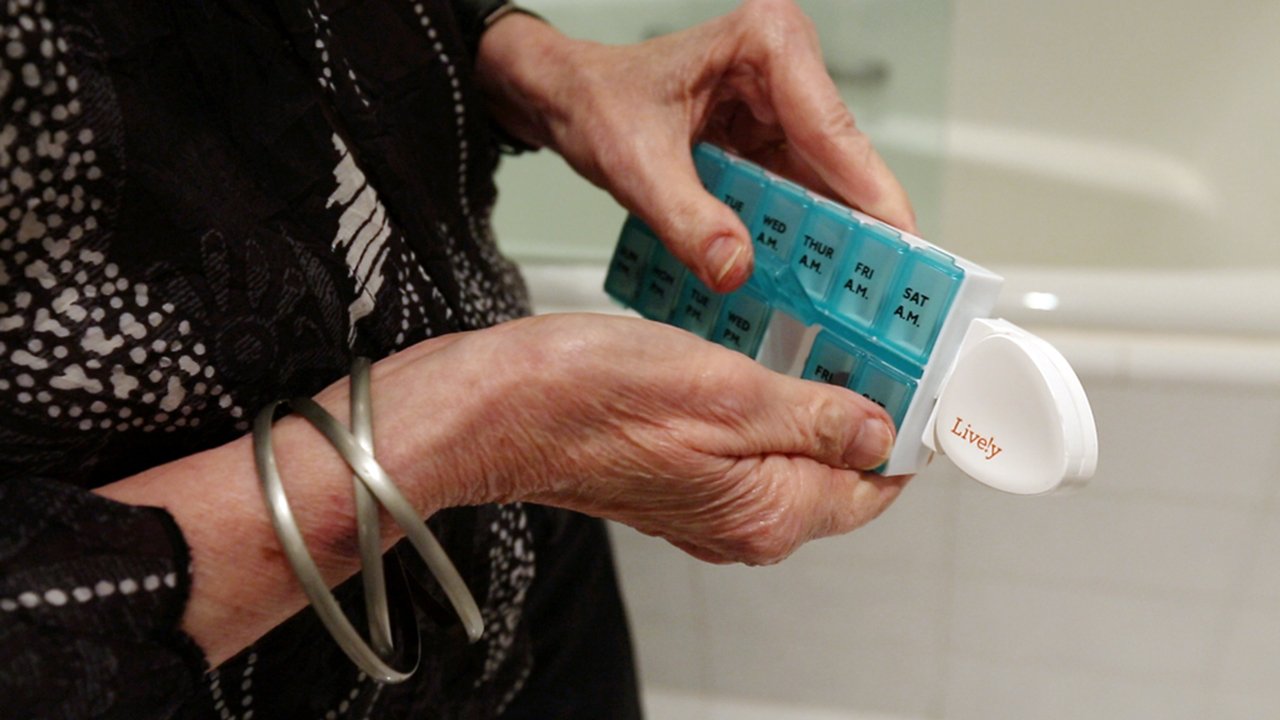The rate of people dying from Alzheimer’s disease in the United States rose by 55% over a 15-year period, new data from the Centers for Disease Control and Prevention shows.
The number of those patients dying at home from the neurodegenerative condition also rose, from 14% to 25% over the same time period studied, 2009-2014.
The report also looked at Alzheimer’s caregivers — relatives and friends taking care of an Alzheimer’s patient in the home — and found that the caregivers would benefit from support such as education and help from case management services.
“Millions of Americans and their family members are profoundly affected by Alzheimer’s disease,” CDC Acting Director Dr. Anne Schuchat said in a statement. “As the number of older Americans with Alzheimer’s disease rises, more family members are taking on the emotionally and physically challenging role of caregiver than ever before.”
Alzheimer’s disease is the most common cause of dementia, causing symptoms including memory loss, impaired language, difficulties in concentrating and decision making, confusion, or disorientation.
The disease mainly affects people over the age of 65 and is the sixth leading cause of death in the US, according to the Alzheimer’s Association. More than 5 million Americans are living with the disease. That number is predicted to rise to 16 million by 2050.
Researchers at the CDC analyzed data from death certificates at the state and county level in the US to see where Alzheimer’s disease had been reported as the underlying cause of death.
Between 1999 and 2014, the death rate of people with Alzheimer’s disease rose from 16.5 deaths per 100,000 people to 25.4 deaths per 100,000, according to the data published in the CDC’s weekly morbidity and mortality report.
The counties with the highest rates were in the Southeast, the Midwest and the West Coast.
The findings suggest the rise in the number of deaths could be due to the increasing size of the older population in the US, greater diagnosis of the disease in its earlier stages, better reporting by physicians and fewer deaths from other causes among the elderly, such as heart disease.
But as people continue to live longer, their chances of having Alzheimer’s disease increases, as does the likelihood of someone needing to care for them.
“Caregivers and patients can benefit from programs that include education about Alzheimer’s disease, how to take care of themselves and their loved one, and case management to lessen the burden of care,” said Dr. Christopher Taylor, lead author of the study and an epidemiologist from the CDC’s National Center for Chronic Disease Prevention and Health Promotion.
“Supportive interventions can lessen the burden for caregivers and improve the quality of care for people with Alzheimer’s disease,” he said.
As for the patients themselves, there is currently no cure or treatment for Alzheimer’s, but experts recommend seeing a doctor as soon as symptoms begin. Early diagnosis can help patients and families prepare, the report recommends.
“This is one of a series of papers over the last two to three years from Europe and North America projecting similar trends in high-income countries,” said Martin Prince, professor of Epidemiological Psychiatry at King’s College London in the UK. “This is a worldwide phenomenon.”
Prince believes the rise in the number of deaths can in part be attributed to the fact that there is more knowledge about Alzheimer’s disease, more doctors are reporting patients with the disease and more deaths are being attributed to it, as symptoms become more widely understood — particularly in the later stages, as the CDC report suggests.
“But we are seeing a genuine increase (as well),” he told CNN.
Prince also agreed with the recommendation that more insight and support be given to family members looking after people with Alzheimer’s and for earlier diagnosis so that patients and families can make their choices together.
“This creates different possibilities … and to construct systems of care that suit them,” said Prince. “When diagnosis occurs late, it’s much harder for everybody.”



